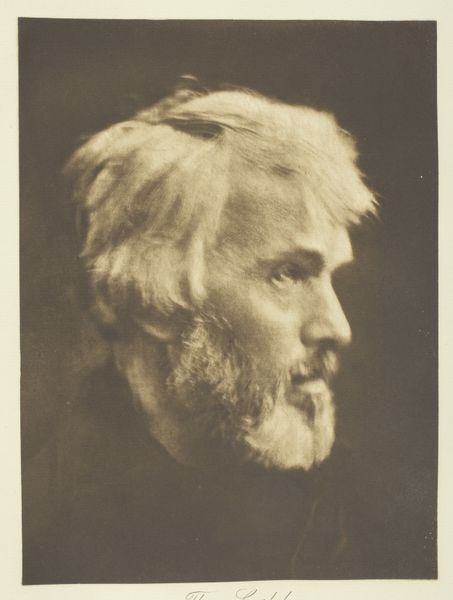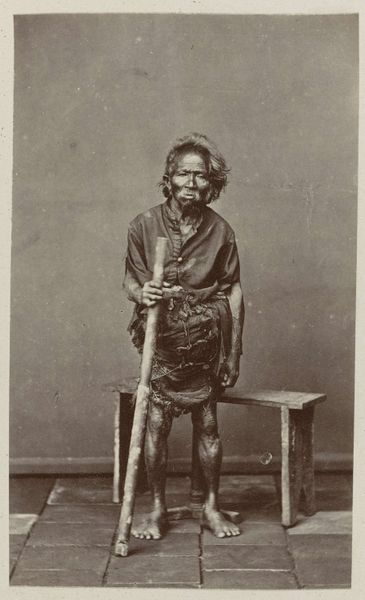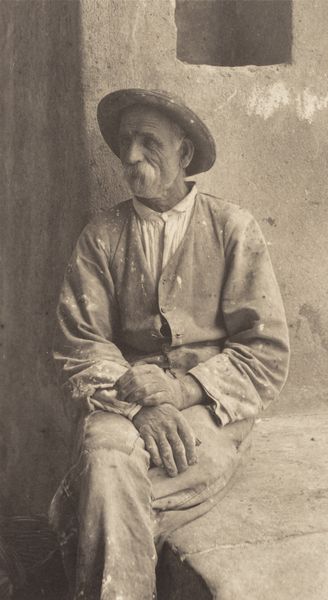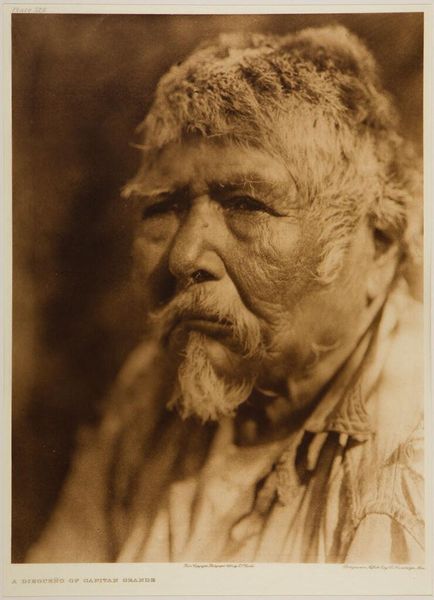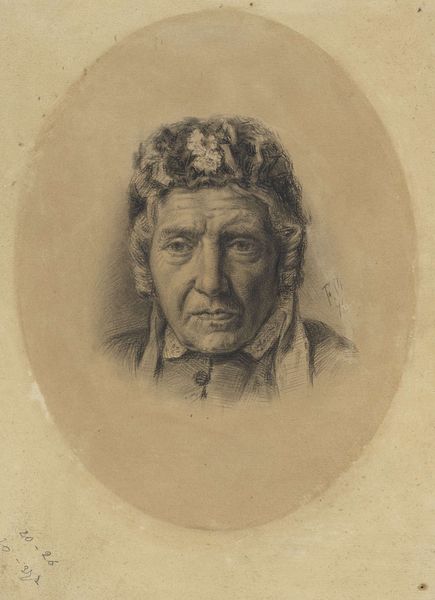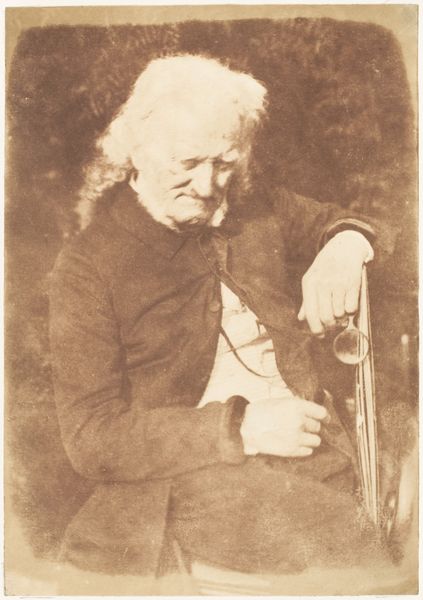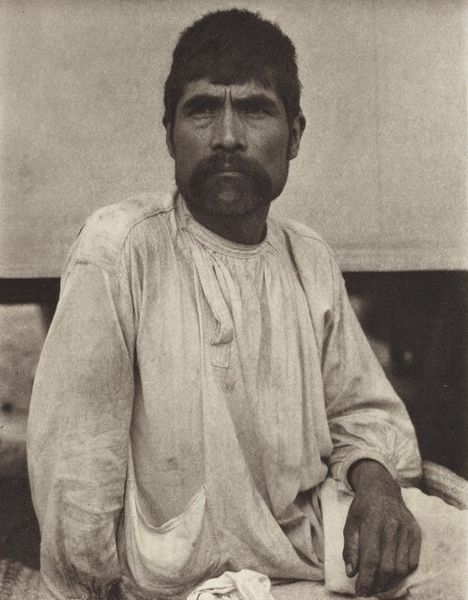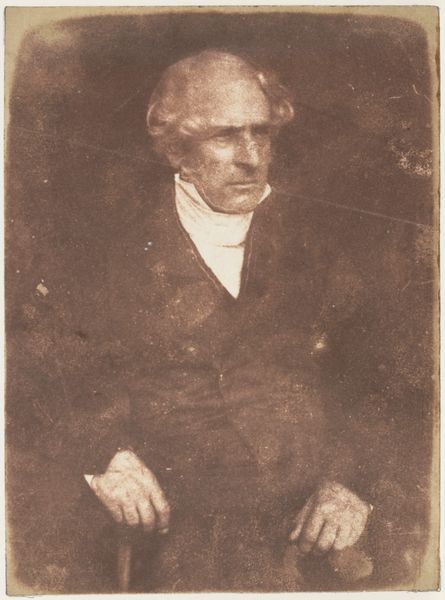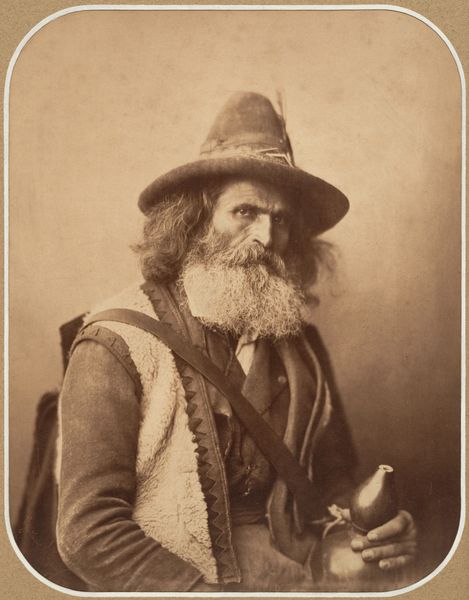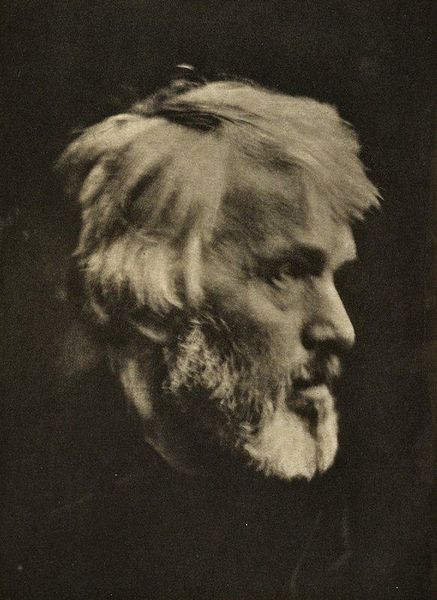
photography, gelatin-silver-print
#
portrait
#
16_19th-century
#
portrait image
#
photography
#
gelatin-silver-print
#
realism
Copyright: Public domain
Editor: Here we have "Old Man from Sicily," a gelatin-silver print from 1899 by Giuseppe Bruno. I'm immediately struck by the raw humanity captured in this portrait. The man’s weathered face tells a story, but what’s the deeper narrative you see here? Curator: What I see is a powerful, albeit silent, commentary on societal structures. In many ways, it's not simply a portrait of an individual, but a visual representation of the lived experiences of marginalized communities within Sicilian society at the time. Consider the historical context: Sicily in the late 19th century faced immense social and economic challenges. The artist chooses to immortalize this individual, whose appearance bears witness to hardship and resilience. It’s an act of giving visibility to the often-unseen. Editor: That’s fascinating. So, you're saying Bruno's work acts as a form of social documentation? Curator: Precisely. And beyond documentation, perhaps even a challenge to the romanticized views of the era. Photography at this time was developing into an art form but also served to document reality. By focusing on an 'ordinary' man, Bruno shifts the focus from the elite and challenges established power structures. How does the work make you feel in relation to portraiture of royalty or aristocracy? Editor: It definitely humanizes history in a way that official portraits don't. I think it brings me closer to understanding the lives of everyday people from that period. It is quite moving in this respect. Curator: Exactly. And in thinking about contemporary theory, how can we view the image's visual coding in light of questions of power, gender, or identity? Editor: I’ll need to think more about the gendered coding in photographic portraits of that era, especially around how masculinity and aging are presented, but the reading of it as a social statement definitely clicks into place for me. Curator: Ultimately, this work serves as a potent reminder to examine whose stories are told, and how. Considering how art can engage in these social narratives reframes what we can learn from a historical image. Editor: Definitely. It really makes you rethink what we consider important or valuable when we study art history. Thank you for shedding light on these connections.
Comments
No comments
Be the first to comment and join the conversation on the ultimate creative platform.

